15 Amazing Facts About Birds

From brilliantly colored hummingbirds to farting thrushes, birds are among the most beautiful and bizarre creatures on Earth. With over 9000 species, our fine feathered friends inhabit almost every inch of the planet, making their homes in the frozen expanses of Antarctica, the humid rainforests of South America, and every climate in between.
1. Raven

While ravens in the wild are unlikely to pick up human language, in captivity they can become quite talkative. Some ravens are even better than parrots at mimicking human speech, not to mention sounds from the human world like car engines revving or toilets flushing. In the wild, meanwhile, ravens sometimes imitate other animals, mimicking predators like wolves or foxes to attract them to tasty carcasses they're unable to break open on their own.
2. Ostrich

Ostrich eyes are the largest of any animal that lives on land. Approximately the size of a billiard ball, their eyes are actually bigger than their brains.
3. Cardinal

Cardinals sometimes cover themselves in crushed or living ants, smearing them over their feathers, or allowing living ants to crawl on them. While scientists still aren't sure what the purpose of "anting" is, some believe the birds use the formic acid secreted during their ant bath to help get rid of lice and other parasites.
4. Owl
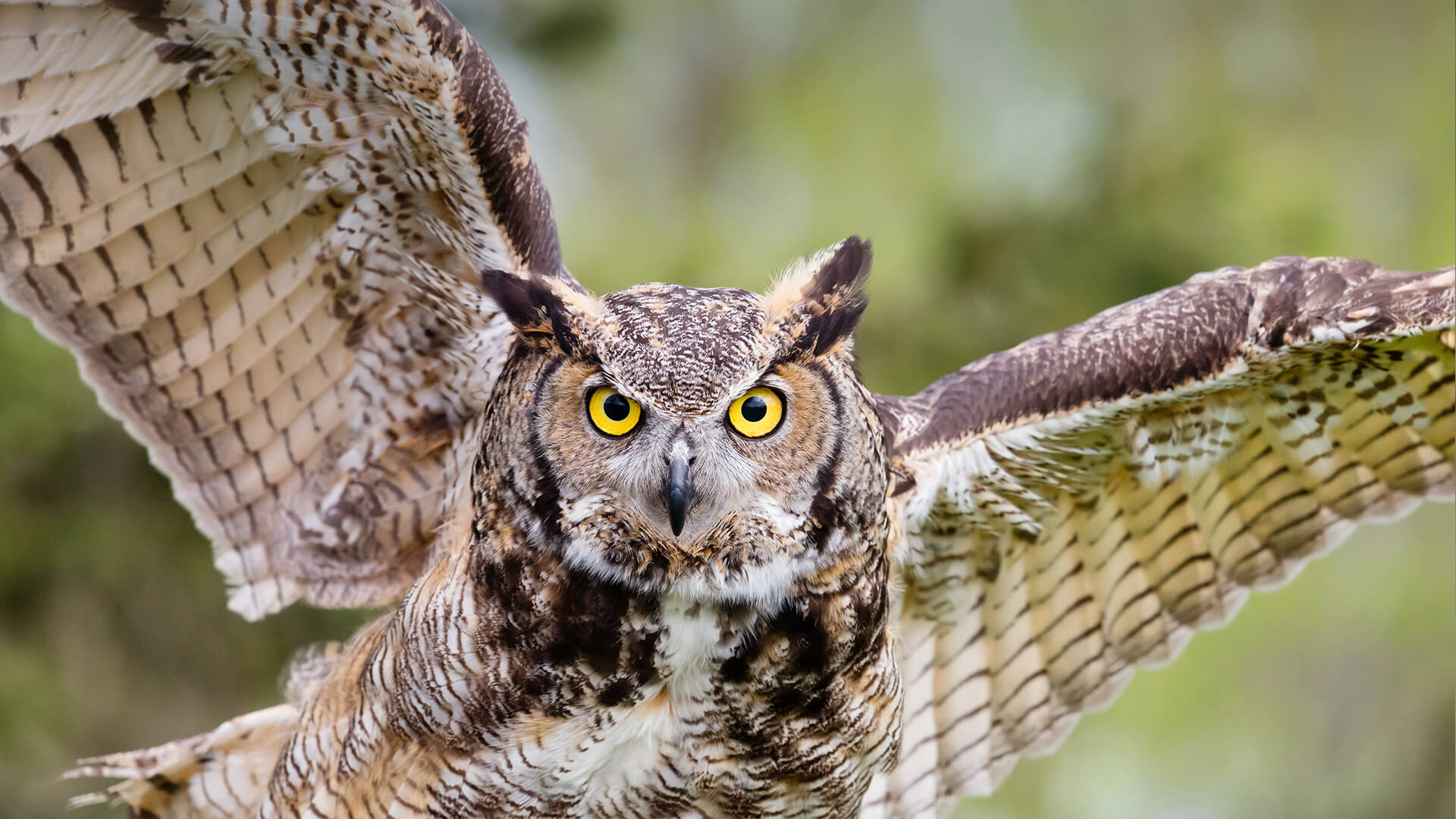
When owls catch larger animals like raccoons and rabbits, for instance, they tear them up into more manageable, bite-size pieces. But, they've also been known to simply swallow smaller animals, from insects to mice, whole. Owls then regurgitate pellets full of indigestible elements of their meal like animal bones and fur.
5. Duck

When they nap in groups, the ducks on the perimeter keep guard by sleeping with one eye open. While the other ducks sleep more deeply, those on the outside of the circle also keep one side of their brain awake, even as they doze, so that predators won’t be able to sneak up on them.
6. Kiwi

Native to New Zealand, kiwis are a bizarre, land-bound bird. Scientists, so mystified by the kiwi's strange properties — which include feathers that feel like hair, heavy bones filled with marrow, and nostrils on the tip of their nose rather than on the base of their beak like most birds — have sometimes called them "honorary mammals."
7. Hummingbird
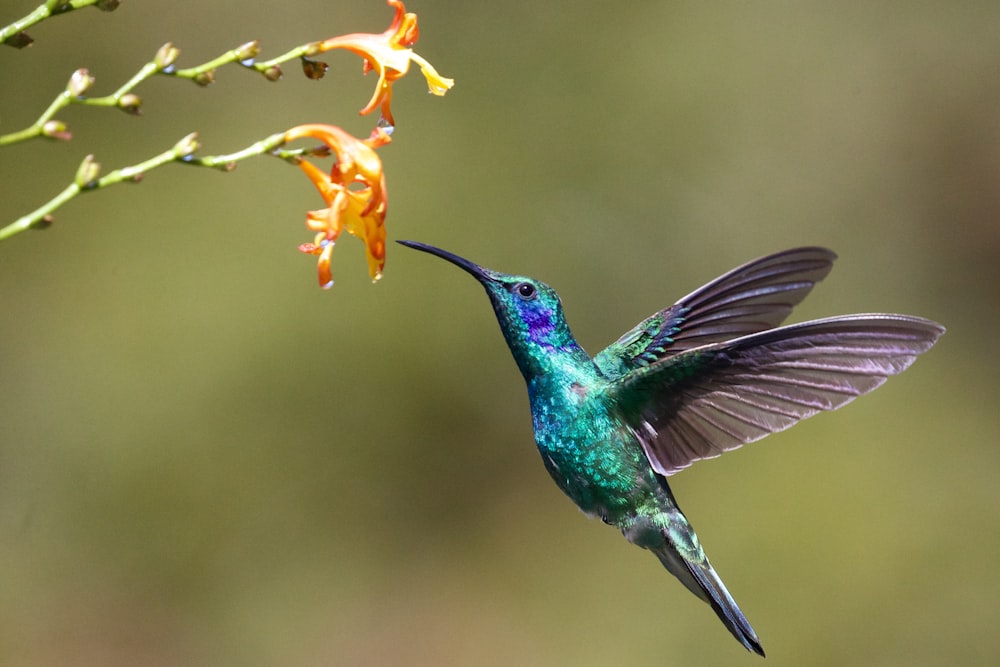
Hummingbirds are incredibly lightweight. The average hummingbird is around 4 grams or lesser than a nickel, while the smallest, the bee hummingbird, is closer to 1.6 grams, less than the weight of a penny. The largest member of the hummingbird family, meanwhile, is the aptly named giant hummingbird, which can get up to 24 grams — enormous for a hummingbird, but only equivalent to about a handful of loose change.
8. Pigeon

Believed to be the first domesticated bird, pigeons were used for millennia to deliver messages, including important military information, and the outcome of the early Olympic games. Though non-avian mail delivery has become more popular over time, pigeons were used as recently as World War II to carry select messages.
9. Parrot
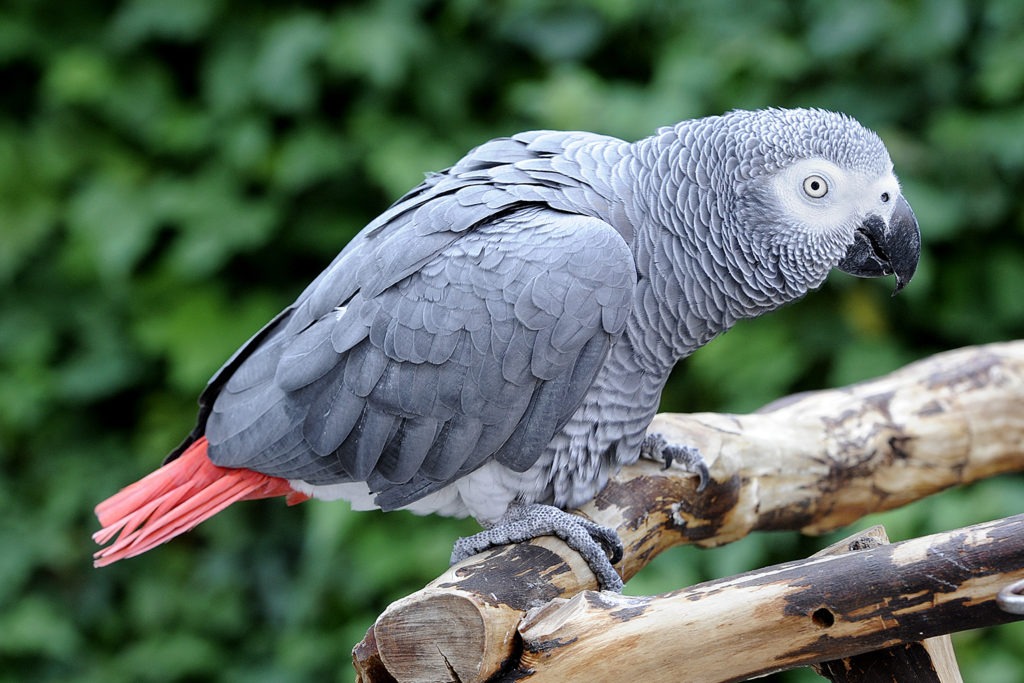
While most parrots only learn around 50 words, some African grey parrots have been known to learn hundreds. Einstein, a brilliant African grey parrot at the Knoxville Zoo in Tennessee, can say around 200 words.
10. Swiftlet
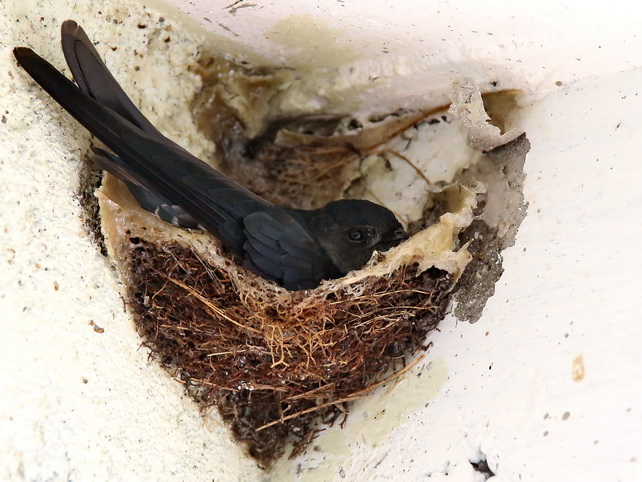
Some Swiftlets, appropriately named Edible-nest Swiftlets, build nests almost exclusively from their hardened saliva. The saliva nests are considered a delicacy in China, they are most frequently used to make bird’s nest soup — and are one of the most expensive foods in the world, despite having little flavor and no real nutritional value.
11. Bassian Thrush

Worm-eating Bassian Thrushes have been known to dislodge their prey from piles of leaves by directing their farts at them. The excretion of gas shifts the leaf-litter on the ground and apparently provokes worms to move around, revealing their location.
12. Woodpecker

Acorn Woodpeckers store acorns by drilling holes in trees, fence posts, utility poles, and buildings, and depositing their nuts there. They have been known to store up to 50,000 acorns — each in its own tiny hole — in a single tree, called a "granary tree."
13. Penguin
While penguins might stand out on land, underwater their black and white coloring helps them stay hidden from both predators and prey. As they swim, their black backs blend in with the darker ocean water below them so that they're difficult to spot from above. Their white chests, meanwhile, help them blend in with the lighter, brighter surface of the water, so that from below, they're near-invisible. On land, meanwhile, their black backs may stand out sharply against the snowy landscape, but in most regions, the birds face so few predators on land, it's unnecessary to try to blend into the background.
14. Hoatzin

Though they disappear after three months, young Hoatzin also known as "stink birds" for their unique stench, have two claws on each wing, which they can use to climb across tree branches or pull themselves out of water onto dry land. The claws also help chicks hide from predators: After jumping from their nest into the water below, the little Hoatzin swim some distance, then pull themselves on land with their claws. When the coast is clear, they use their claws to climb up onto a tree branch.
15. Budgie
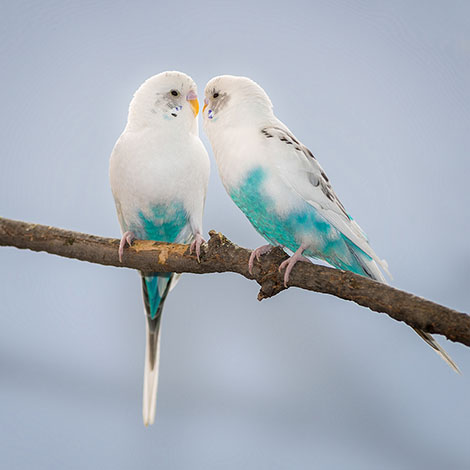
Budgerigars, or Budgies, a common parakeet, are the only bird species so far discovered who are susceptible to contagious yawning. While humans, dogs, chimps, lab rats, and a few other creatures have all been known to catch each other's yawns, budgies are the first non-mammal species observed exhibiting the behavior. Many scientists believe the unconscious, instinctual response may be a primitive way of showing empathy, or it might be a sign of group alertness.
Comments
Post a Comment